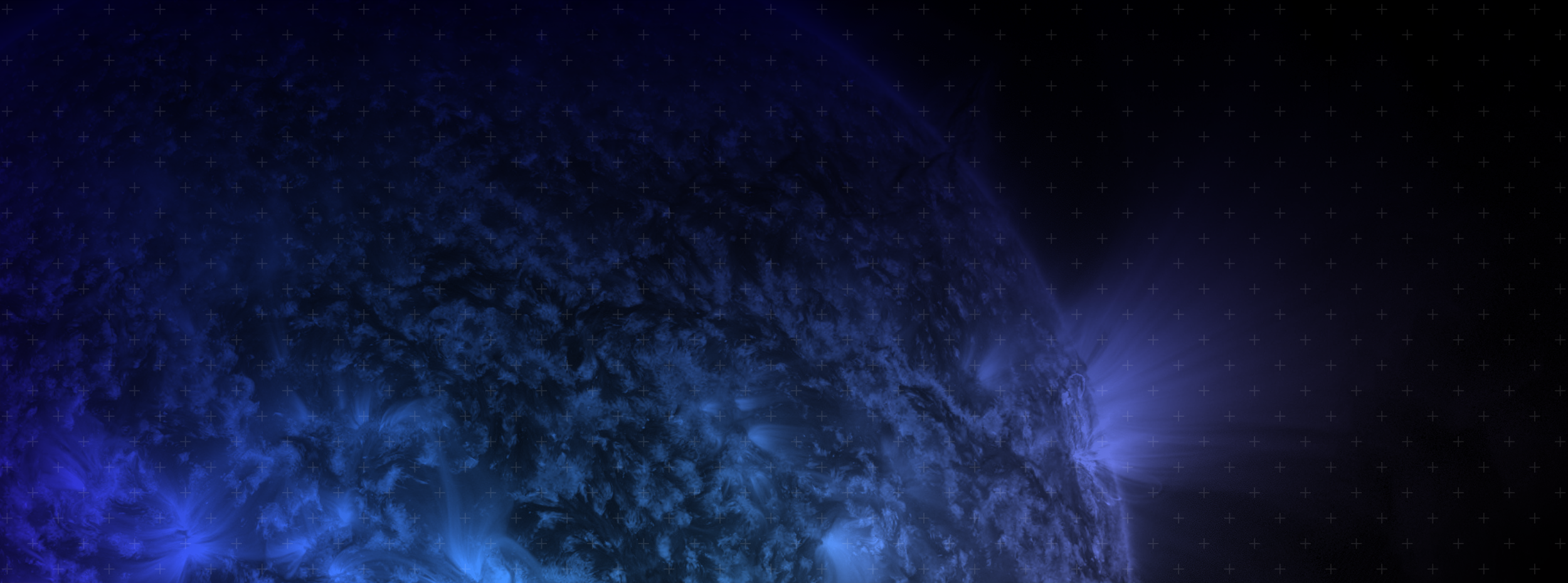
Researcher (FDL-X)
We are looking for AI/ML specialists, scientists, and software engineers who are interested in participating in interdisciplinary applied research this summer. The research is a paid engagement that runs during the academic summer break, from mid-June to mid-August, and publishable research is an explicit outcome.
FDL-X is a public private partnership with NASA, Trillium Technologies, Google Cloud, NVIDIA and leaders in commercial AI. FDL-X is an advanced applied AI research program for Heliophysics and Geoscience applications and ensures that AI outcomes are fine-tuned to tackle valid open science and engineering problems by building interdisciplinary approaches, between SMEs and ML and cloud-based engineering techniques. FDL.AI’s ability to attract the best researchers from around the world is part of its success formula - but not all. Over the years, we’ve evolved numerous process innovations that allow research teams to consistently deliver world-class outcomes for our Federal stakeholders at NASA over a very accelerated time-scale.
While the emphasis of the big players has been to start building larger and larger monolithic AIs - or foundation models that can be easily adapted to bespoke use-cases - our vision is to focus on integration of interlinked systems - which we call Network Intelligence.
This concept aligns seamlessly with FDL’s interdisciplinary sprint format, where integrated intelligent systems can be co-engineered for interoperability, leveraging the know-how and experience of all the teams concurrently. This method mirrors how nature does things and our ambition is to create an ecosystem of specialized, trusted AI services that work seamlessly together to achieve remarkable results for NASA and FDL partners.
Integration will foster an engineering-focused community, collective learning and sharing of best practices, particularly in the development of skilled engineers. This will build on earlier work (TRL 0-4) and aims to advance to more developed stages (TRL 4-6), focusing on tooling, modular development, and reproducibility. This approach is designed to test and enhance integrated AI solutions, leveraging proven AI pipelines to unlock new capabilities.
Our inaugural integration experiment in 2023 for NASA Heliophysics was a great success. It demonstrated how live inference ML services (EUV) could inform geoeffectiveness and thermospheric drag models, leading to state-of-the-art (SOTA) advancements in all three challenge areas.
This year we’re looking to do it again, with integrated challenges centered on an UV irradiance live service, exploring the vast scientific potential within the Sun-Earth-Moon system.
Key details:
A program for PhD and postdoc level researchers.
Researchers receive a stipend to support their participation.
Runs for eight weeks and starts from mid-June to mid-August 2024.
Research often leads to published work (such as Science Advances and ApJ) and outputs are shared at AGU, NeurIPS, AAAI, NASA conferences - as well as partner events like Google Cloud’s NEXT and Nvidia’s GTC.
Teams engage in cutting-edge research and deployment programs in AI, space and climate science and medicine.
Teams work closely with experts in the problem domain and experts in ML.
Teams meet and work with experts from our partners at NASA, ESA, Google, Intel, Nvidia, Planet, D-Orbit, Oxford University, SCAN, Berkeley Lab and many others.
Please find an overview of FDL-X 2023’s achievements here.
The application deadline is March 29th, 2024. We strongly encourage you to apply as soon as possible as we interview on an ongoing basis.
Embark on an intellectual journey with FDL-X, where the drive of innovation meets academic excellence and a vibrant community.
To apply, simply click on the "Learn more here" button to be directed to the website. You can also click on the "Apply now" button below and fill out the application form.
